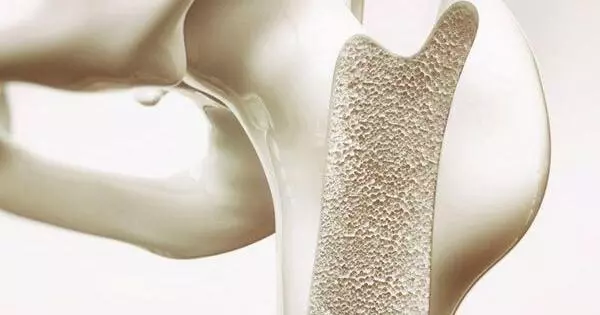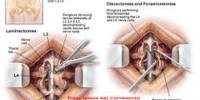There is some evidence to suggest that air pollution may contribute to bone loss in people with osteoporosis. Osteoporosis is a condition in which bones become weak and brittle, making them more susceptible to fractures. It is often associated with aging and hormonal changes, but a number of other factors can also contribute to the development of the condition.
According to a new study led by scientists at Columbia University’s Mailman School of Public Health, elevated levels of air pollutants are linked to bone damage in postmenopausal women. The effects were most visible in the lumbar spine, where nitrous oxides were twice as damaging as normal aging.
The findings were published in the peer-reviewed journal eClinicalMedicine, which is part of The Lancet Discovery Science suite of open-access journals. Previous research on individual pollutants has suggested that they have a negative impact on bone mineral density, osteoporosis risk, and fractures in older people. The new study is the first to investigate the relationship between air pollution and bone mineral density in postmenopausal women, as well as the effects of air pollution mixtures on bone outcomes.
The researchers examined data from the Women’s Health Initiative study, which included an ethnically diverse cohort of 161,808 postmenopausal women. Based on the participants’ addresses, they estimated their exposure to air pollution (PM10, NO, NO2, and SO2). They used dual-energy X-ray absorptiometry to measure bone mineral density (BMD; whole-body, total hip, femoral neck, and lumbar spine) at enrollment and at follow-ups in years one, three, and six.
Our findings confirm that poor air quality may be a risk factor for bone loss, independent of socioeconomic or demographic factors. For the first time, we have evidence that nitrogen oxides, in particular, are a major contributor to bone damage and that the lumbar spine is one of the most susceptible sites of this damage.
Diddier Prada
The magnitude of nitrogen oxide effects on lumbar spine BMD would be 1.22 percent annual reductions, nearly double the annual effects of age on any of the anatomical sites studied. These effects are thought to occur as a result of bone cell death caused by oxidative damage and other mechanisms.
“Our findings confirm that poor air quality may be a risk factor for bone loss, independent of socioeconomic or demographic factors. For the first time, we have evidence that nitrogen oxides, in particular, are a major contributor to bone damage and that the lumbar spine is one of the most susceptible sites of this damage,” says study first author Diddier Prada, MD, PhD, associate research scientist in the Department of Environmental Health Sciences at Columbia Mailman School of Public Health.
Air pollution has been linked to a range of health problems, including respiratory illnesses, cardiovascular disease, and cancer. There is also evidence to suggest that air pollution may contribute to bone loss in some people.

“Improvements in air pollution exposure, particularly nitrogen oxides, will reduce bone damage in postmenopausal women, prevent bone fractures, and reduce the health cost burden associated with osteoporosis among postmenopausal women. Further efforts should focus on detecting those at higher risk of air pollution-related bone damage,” says lead author Andrea Baccarelli, MD, PhD, chair of the Department of Environmental Health Sciences at Columbia Mailman School of Public Health.
Car and truck exhaust, as well as emissions from power plants, are major sources of nitrous oxides. Annually, approximately 2.1 million osteoporosis-related bone fractures occur, costing up to $20.3 billion in direct health costs. Osteoporosis affects women more than men, with women accounting for 80 percent of the estimated 10 million osteoporotic Americans. Postmenopausal women are more vulnerable, with one in every two women over 50 suffering from osteoporosis.
Previously, Columbia researchers demonstrated that long-term air pollution exposure reduces BMD and increases the risk of bone fracture later in life. These findings have since been confirmed in numerous human studies.
While more research is needed to fully understand the link between air pollution and bone loss, these studies suggest that air pollution may be a contributing factor to osteoporosis in some people. Reducing exposure to air pollution through measures such as improving air quality standards and reducing emissions from vehicles and industry may help to protect bone health in vulnerable populations.
















